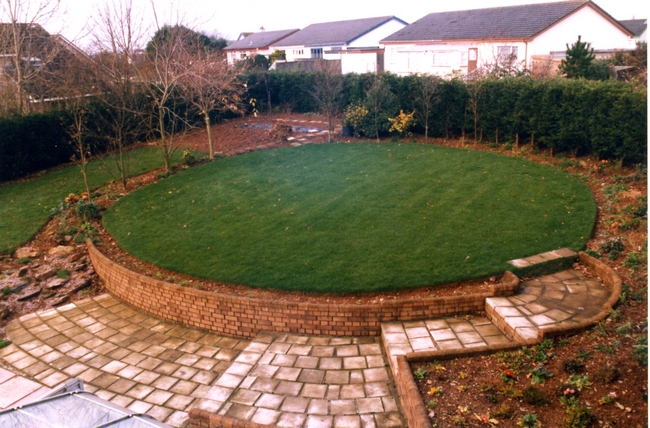There seems to be a terrific amount of flower still around the garden, albeit looking a little tatty in many cases. The later in the year it gets, the less that seems to matter.
The starring roles are taken by Fuchsias, Salvias, especially ‘Amistad’, Dahlias, Asters, Japanese anemones and Hesperantha. I’ve planted two new anemones recently, ‘Bressingham Glow’ and ‘Lorelei’; both seem excellent so far. The grasses are probably at their best around now too, Hakonechloa, Miscanthus and Chionochloa standing out.
Nerines are just beginning to flower and while one clump of Amaryllis has finished, two others are pushing up buds.
I’m grateful for the few remaining blooms on my Heleniums, but I also want them to finish so that I can lift them and move them around a bit, adding in two new varieties there too.
 |
| Salvia 'Amistad' and Hesperantha. |
Our tomatoes are also at the stage where I want to clear them and start moving some of many potted things under cover before the wet of autumn really sets in. I’m well ahead of myself on the veg front, next years seeds are not just ordered, they’ve arrived. I clearly don’t have enough to do.
I’ve also gone and ordered about 20 new dahlia varieties for next year. The National Collection display field down at Penzance is a sight to behold and to coin a phrase, resistance is futile. (I’m going to grow them on my allotment, I’m truly turning into my granddad.) Then there are 2 more apple trees on order too. Well, I have a tree of ‘Suntan’, which is growing and flowering well, but flowers too late to get well pollinated. It’s also a triploid, so it won’t reciprocate on pollination, hence the need for two pollinators. I’ve gone for maidens on M9, I still think spindle trees should be ideal in my restricted space. (See my earlier post about fruit)
 |
| Dahlias 'Fille du Diable', 'Danum Torch', 'Weston Spanish Dancer', 'Chimborazo' and 'Akita'. |
Bulbine frutescens is a succulent we’ve grown, in pots, for perhaps 15 years. We have a yellow and an orange form. This year, for the first time, I noticed it has a sweet and quite strong perfume. I think maybe the orange is the stronger scent.
It is very apparent when you take photos on clear autumn days that there is a massive difference in light levels between light and shade. With no clouds and little haze, there can be very little diffused light. The shadows of buildings and big plants are also getting much longer now, even in the middle of the day. On the other hand, as the sun gets lower, it sometimes gets in under the canopy to places it can’t reach at other times of year. Never two days the same, all part of the pleasure.
 |
| The house casts a lengthening shadow at this time of year. |
This blog is my contribution to Helen Johnstone's end of month meme.

























